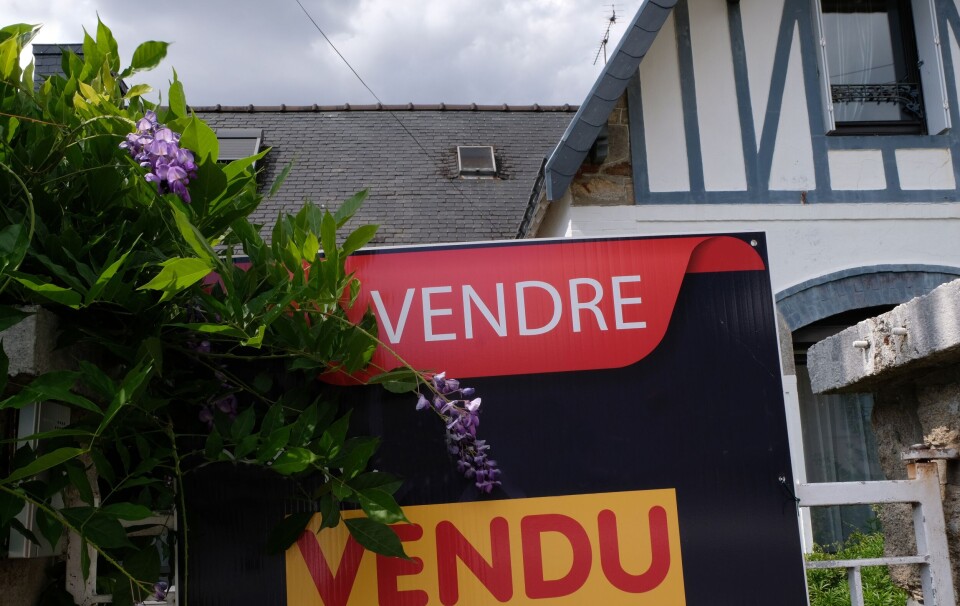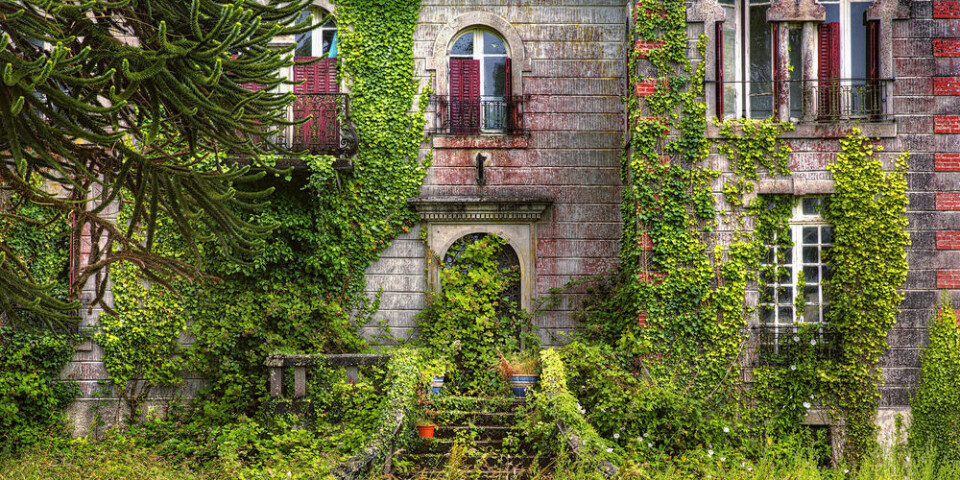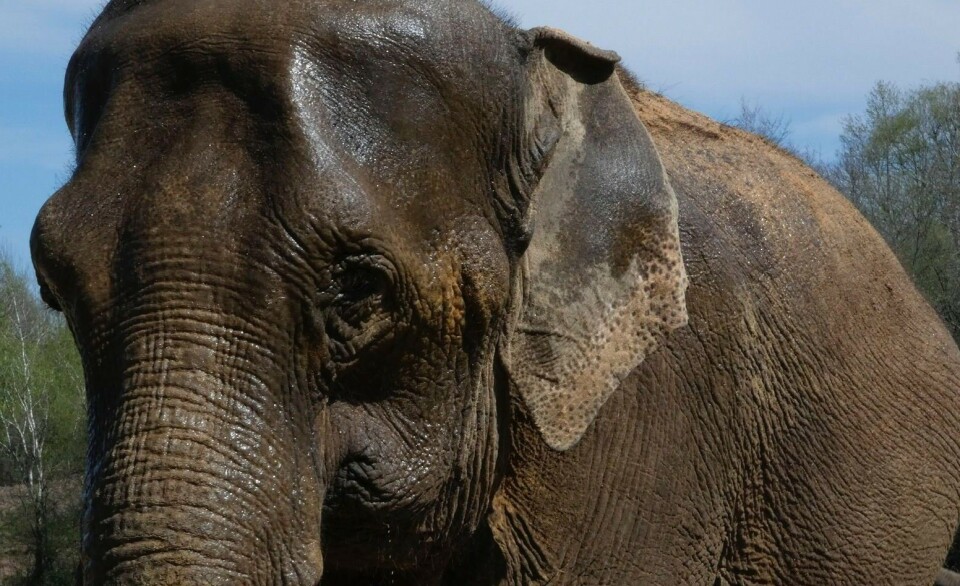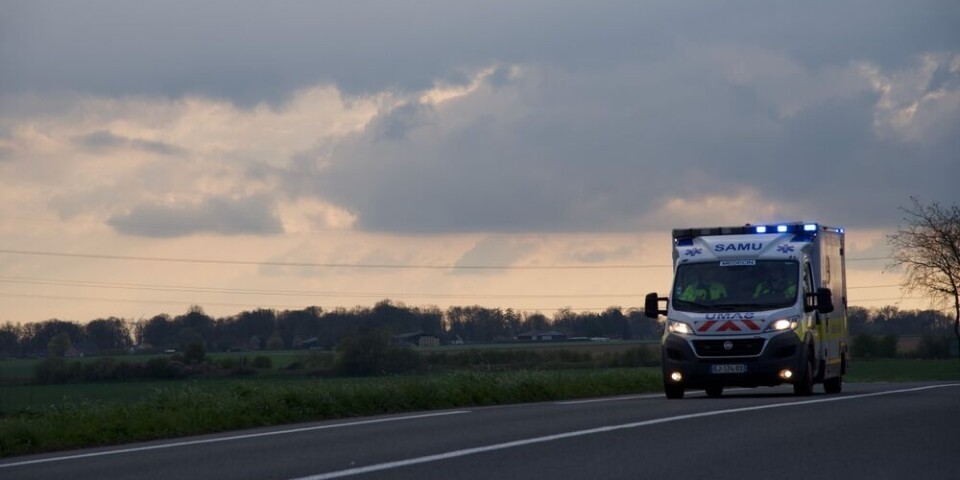-
Air France expands US schedule with direct Paris-Las Vegas route
Airline now offers 19 US destinations
-
2025 small business VAT reform definitively cancelled after Senate vote
New 2026 proposals remain on table but likely to be struck out as MP debates get underway
-
Small drop in percentage of French visa applications being declined
Roughly one in every six visa requests refused in 2024
Toxic processionary caterpillars in France already
The first very early sighting of poisonous pine processionary caterpillars - which are an irritant and particularly dangerous for dogs - has been reported by a Connexion reader in western France.

The caterpillars - called chenilles processionnaires du pin in French - are toxic. The tiny hairs on their bodies are an irritant, and they can be especially dangerous to children and dogs, who may play with them or eat them accidentally.
A Connexion reader has this week reported sightings of the caterpillars in the town of Bergerac, in the Dordogne (Nouvelle-Aquitaine). This is an especially early appearance; often they do not appear until at least April.
They can be recognised by their white, cotton-wool / candyfloss-like nests in pine or oak trees, and their tendency to move in long “processionary” single-file lines along the ground.
Both the pine and oak varieties of the caterpillar have been reported as spreading further and further north as Europe becomes warmer, and have even been sighted in Belgium and the UK, as well as southern and northern France.
Touching or even getting close to the caterpillars can be dangerous; their hairs can cause severe skin and throat reactions, blisters, conjunctivitis, and even asthma attacks. Pets and young children may be especially sensitive.
The caterpillars can also be damaging to the environment, and can strip bark from trees.
For years, France has been testing methods of caterpillar pest control, including encouraging residents to provide more bird nesting boxes. Councils have also sought to install more of these in common forest areas, as birds such as the great tit, coaltit and great spotted cuckoo are a major caterpillar predator, and can eat hundreds per day.
Les chenilles processionnaires sont maintenant attaquées au paintballhttps://t.co/Q3yeYaUA6R pic.twitter.com/fTpzWMj7Zl
— Nice-Matin (@Nice_Matin) June 9, 2017
In 2017, pest control agents even began to use paintball guns to fire pheromones into trees in Nice to dissuade moths - the precursor to the caterpillars - from mating in the first place.
Some councils have installed eco-friendly “belts” around trees, which are designed to catch the caterpillars, and keep them from moving along the ground.
Les chenilles processionnaires arrivent ! https://t.co/atTDdtoiL2 @Prefet46 #bio #permaculture #trucs #astuces #ChenillesProcessionnaires pic.twitter.com/MaYUjOBiIQ
— Le Lot en Action (@LeLotenAction) January 27, 2017
Residents are not encouraged to deal with the caterpillars or try to move them unaided or without adequate protection, as even getting close to them can cause severe reactions.
Stay informed:
Sign up to our free weekly e-newsletter
Subscribe to access all our online articles and receive our printed monthly newspaper The Connexion at your home. News analysis, features and practical help for English-speakers in France
























